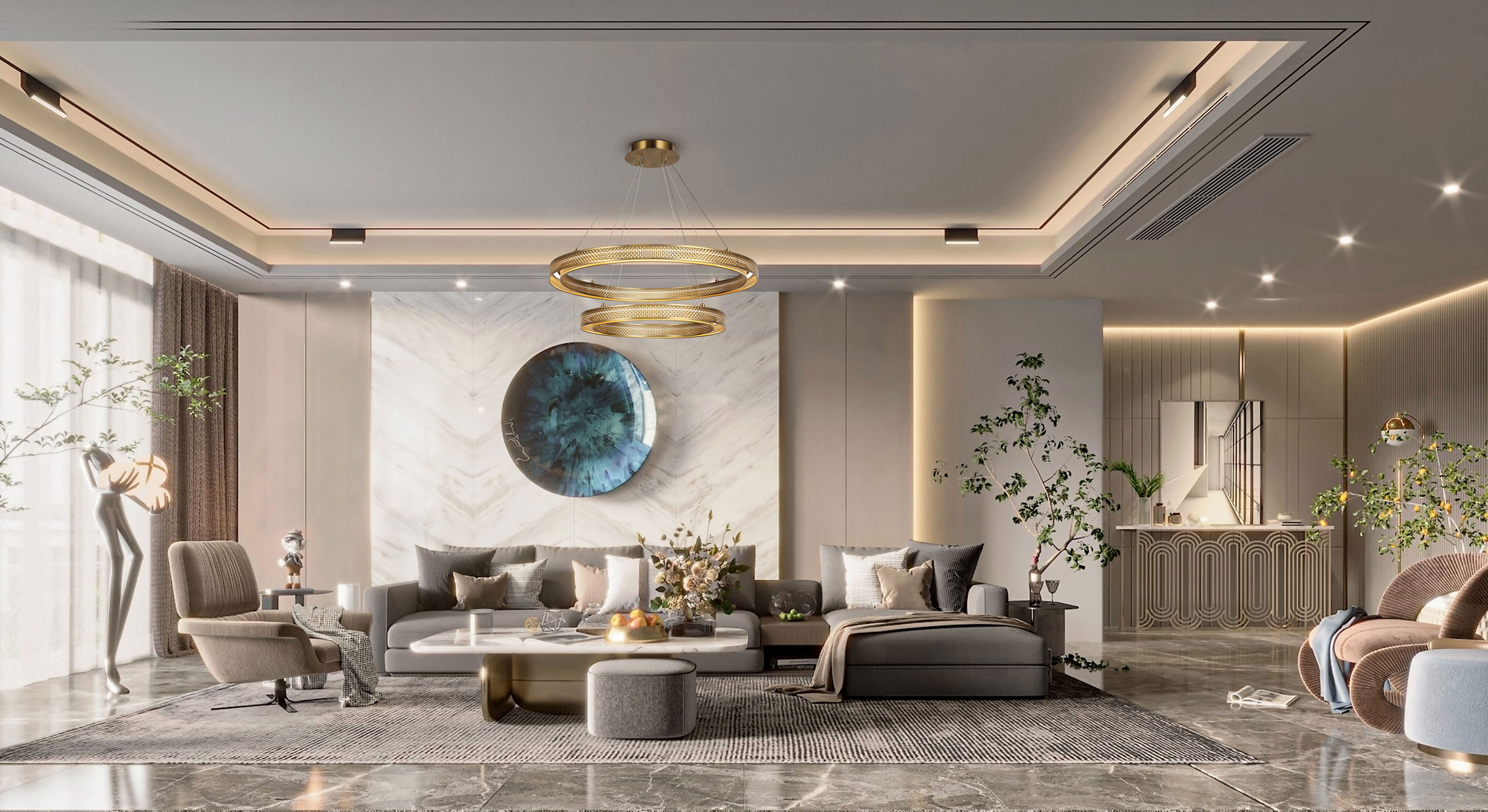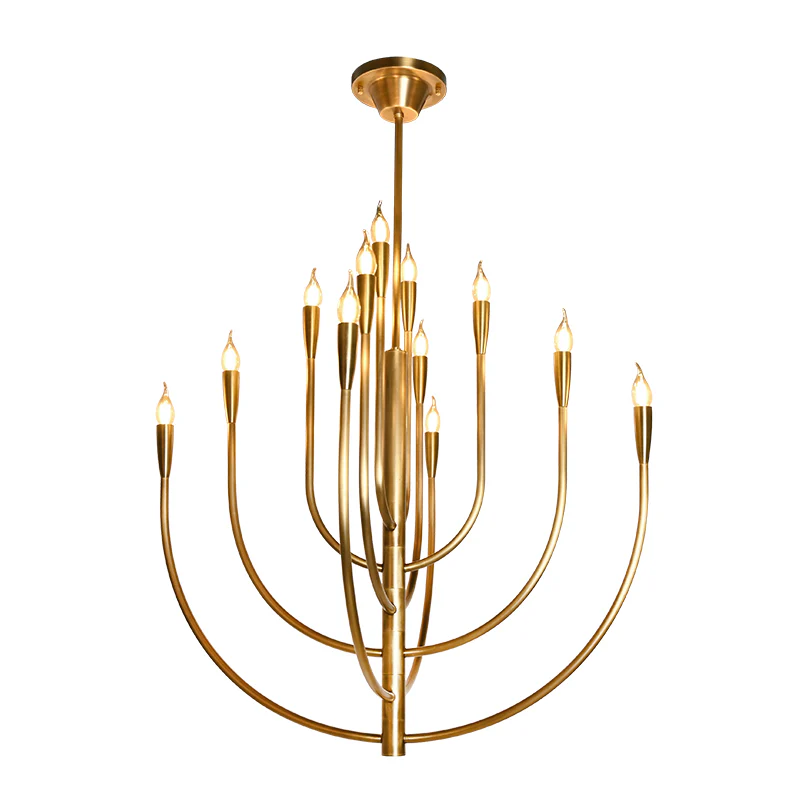The Ultimate Guide to Lighting Tubes: Everything You Need to Know
The Ultimate Guide to Lighting Tubes: Everything You Need to Know
Understanding Lighting Tubes
Lighting tubes, also known as fluorescent tubes or LED tubes, are crucial components in modern illumination systems. They are widely used in various settings, including homes, offices, and industrial environments. In this comprehensive guide, we'll explore lighting tubes' types, benefits, installation, and maintenance tips, ensuring that you have all the information you need to make informed lighting decisions.
What Are Lighting Tubes?
Lighting tubes are long, cylindrical devices that emit light, and they come in various sizes, lengths, and colors. Traditionally made of glass, Modern lighting tubes are often constructed from plastic and utilize different technologies, such as fluorescent or LED, to produce light. They are commonly used in ceiling fixtures, workspaces, and retail settings due to their energy efficiency and versatility.
Types of Lighting Tubes
| Type | Description |
| Fluorescent Tubes | These tubes operate using an electric current that excites mercury vapor, producing ultraviolet light, which then illuminates the phosphor coating inside the tube. They are available in various lengths and color temperatures. |
| LED Tubes | LED tubes are solid-state lighting devices that use light-emitting diodes to produce light. They are energy-efficient, have a longer lifespan than fluorescent tubes, and come in various color options. |
| Smart Lighting Tubes | These modern tubes can be controlled via mobile apps or smart home systems, allowing users to adjust brightness and color temperature remotely, making them ideal for smart homes. |
Benefits of Using Lighting Tubes
When it comes to choosing the right lighting for your space, lighting tubes offer several advantages. Here are some of the key benefits:
- Energy Efficiency: LED tubes consume significantly less energy than traditional incandescent bulbs and even fluorescent tubes, helping you save on electricity bills.
- Longevity: Lighting tubes, particularly LEDs, have an exceptional lifespan, often lasting up to 25,000 hours or more, reducing the need for frequent replacements.
- Variety of Options: From warm to cool white light, there are numerous color temperatures and styles available to suit your specific lighting needs.
- Environmentally Friendly: LEDs do not contain hazardous materials like mercury, making them a greener choice for your lighting needs.
- Instant On/Off: Unlike fluorescent tubes that may take time to warm up, LED tubes provide instant brightness when turned on.
Installation of Lighting Tubes
Installing lighting tubes can be a straightforward process, but it's essential to follow certain guidelines to ensure safety and effectiveness. Here's a basic installation guide:
- Turn Off the Power: Always ensure that the power is turned off at the circuit breaker before starting any installation work.
- Remove Old Tubes: If you're replacing existing tubes, carefully remove them from their fixtures, taking care not to break them.
- Install New Tubes: Depending on the type of lighting tube, gently insert the new tube into the fixture until it locks in place.
- Turn On the Power: After ensuring everything is secure, turn the power back on and test the new lighting.
Maintenance Tips for Lighting Tubes
Maintaining your lighting tubes is crucial for ensuring they operate efficiently and last as long as possible. Here are some tips to keep in mind:
- Regular Cleaning: Dust and dirt can accumulate on lighting tubes, decreasing their brightness. Regularly wipe down the tubes with a damp cloth to keep them clean.
- Check for Flickering: If your tubes start to flicker, it may indicate a need for replacement or that the fixture is malfunctioning. Address this issue promptly to avoid further problems.
- Replace as Needed: Keep an eye on your lighting tubes' performance. When they begin to dim or change color, it may be time for a replacement.
Common Questions About Lighting Tubes
As you consider incorporating lighting tubes in your space, here are some frequently asked questions that may be helpful:
1. How long do lighting tubes last?
Typically, LED Lighting tubes last up to 25,000 hours, while fluorescent tubes last about 7,000 to 15,000 hours, depending on usage and quality.
2. Are lighting tubes energy-efficient?
Yes, especially LED tubes, which consume significantly less energy than traditional bulbs, often resulting in lower electricity bills.
3. Can I use lighting tubes outdoors?
While many lighting tubes are designed for indoor use, there are outdoor-rated LED tubes available that can withstand the elements.
4. What features should I look for in smart lighting tubes?
When selecting smart lighting tubes, consider features like remote control via mobile devices, scheduling options, and compatibility with smart home systems like Google Home or Amazon Alexa.
Conclusion: Choosing the Right Lighting Tubes
Lighting tubes offer various benefits, from energy efficiency to versatility, making them a popular choice for residential and commercial lighting solutions. Whether you're replacing an old fixture or upgrading to smart lighting systems, understanding the different types available and their unique advantages is crucial. Always remember to maintain your lighting tubes regularly to maximize their lifespan and performance. By following this guide, you'll be well-equipped to make informed decisions about your lighting choices. For further inquiries or assistance, don’t hesitate to consult with lighting professionals or retailers in your area.

